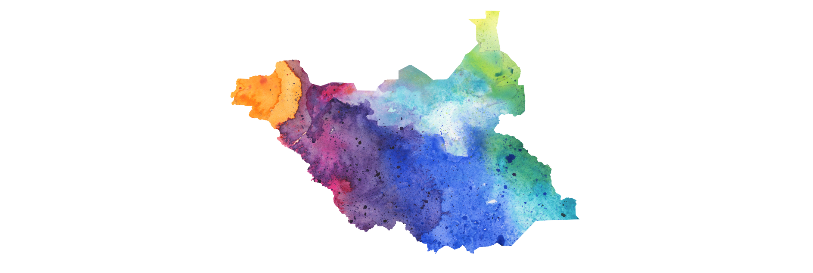April 8, 2022
By Stephanie Schorow for the Global Mass Vaccination Site Collaborative
The first confirmed COVID-19 case in South Sudan, a country of about 13.6 million people, was recorded on April 5, 2020. Nearly a year later, in March of 2021, the first vaccine rollout began with 132,000 doses of AstraZeneca vaccines received via COVAX.
Unfortunately, due to logistics and the short lifespan of the vaccines, only 16,219 doses were administered by June 2021.
But this is where the story really begins. Public health officials in South Sudan were able to turn around vaccine delivery with the next wave of vaccines. Details on how they accomplished this were presented in a April 8, 2022, meeting with the Global Mass Vaccination Site Collaboration, an initiative by Ariadne Labs and the Sabin Vaccine Institute’s Boost Community, to support and promote COVID-19 vaccinations worldwide.
The presentation, “Scaling-up COVID-19 Mass Vaccination While Maintaining Non-COVID Vaccination Efforts in South Sudan,” focused on efforts in the country’s Central Equatoria State, which is one of the country’s 10 states and has about 1.8 million people.
In September 2021 about 52,000 doses of AstraZeneca were received for the country as part of a second phase. In the first phase, officials targeted 3% of the population, in the second, 20%. This time all doses were administered in two months.
The reasons for this success were multifold, according to presenters Tobji Denis Moses, technical advisor of the Rescue Initiative-South Sudan, Samuel Kenyi Peter Lorre of the State Ministry of Health for the Central Equatoria State, Clement Mindet Robart, an officer with the State Ministry of Health, and Steve Kennedy of the Juba County Health Department. They include:
- Involvement of political leaders, such as county commissioners and executive directors.
- Engagement of traditional leaders or chiefs.
- Focus on group discussions to dispel rumors and generate demand.
- Expansion of mobile sites to churches, markets, and schools.
“Strategies put in place included high-level advocacy meetings with political leaders, commissioners and others,” said Lorre. “The leaders themselves decided to take the jab. Once they took the jab, people kept on coming.”
Health officials reached out to chiefs and traditional healers. “We brought them in for discussions and we came to a consensus that every person must receive the vaccine,” said Lorre. “We were able to reduce the tension, and people were able to accept our services.”
Communication activities included going house to house to stress the importance of immunization, Robart said. Because many mothers feared taking their children for routine immunizations at COVID-19 sites, officials created clear demarcations between stations providing COVID-19 vaccinations and routine vaccinations.
One of the tools in dispelling misinformation was the skillful use of stories by community vaccination mobilizers, including three key slogans:
- “I am vaccinated. I have my vaccination card.”
- “I took the vaccine, I am alive.”
- “My wife was vaccinated; she has conceived.”
Health officials also developed a dashboard with real-time data, such as coverage maps, daily reports, and facility feedback, broken down by the states.
As of early April, about 12.25 percent of the target population of those 18 years and older in the Central Equatoria State is fully vaccinated.
Central Equatoria State operates with 81 fixed sites in six counties and six mobile teams. The goal is to complete 100 vaccinations a day per team, which may seem low but given the challenges is quite remarkable, the officials said.
Health officials are now exploring more mobile technology. “We are asking ourselves: What can we do better,” said Moses.
In total, South Sudan has had about 17,262 confirmed COVID-19 cases and about 138 deaths.
The Global Mass Vaccination Site Collaborative was launched as a way for stakeholders directing vaccination campaigns around the world to come together and learn from each other’s efforts. This blog series was created to record and share the learning and insights gained from this collaboration. Read blogs from our previous meetings here.



